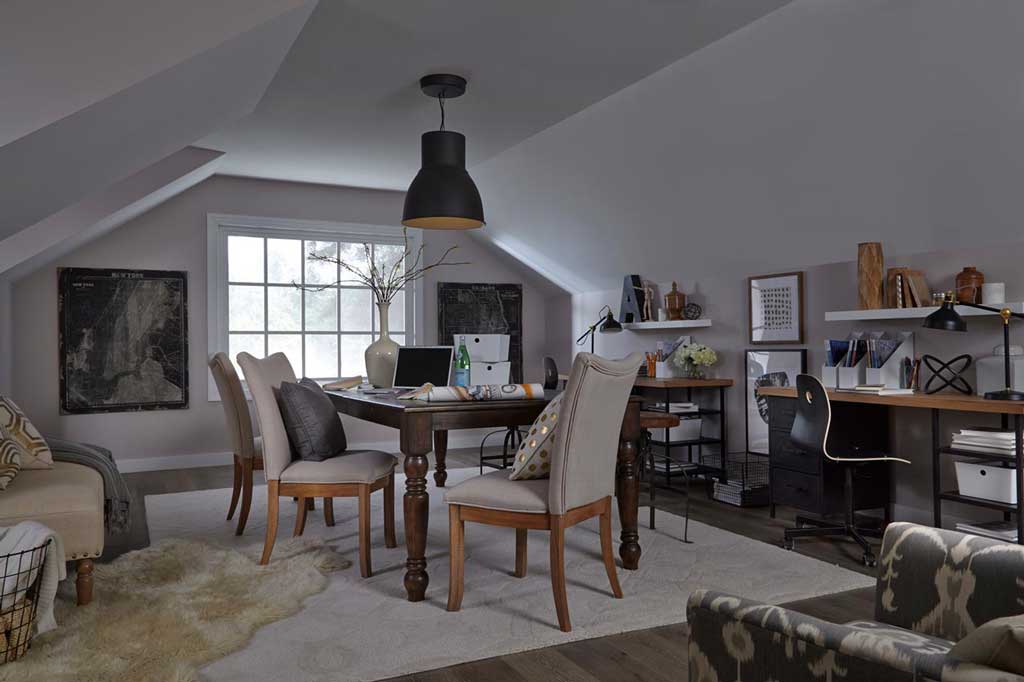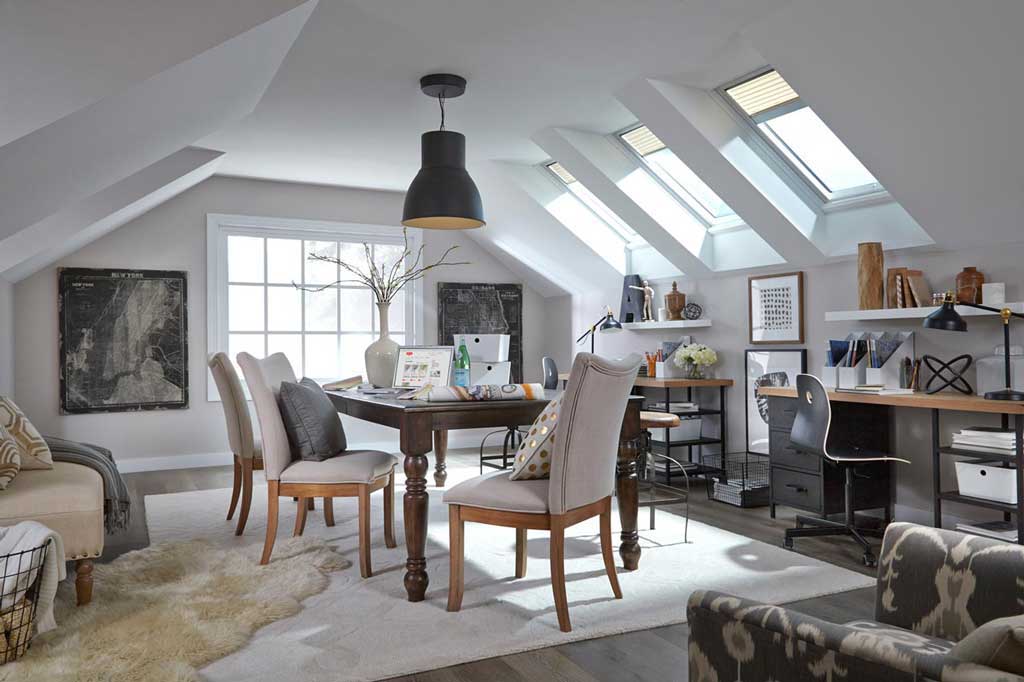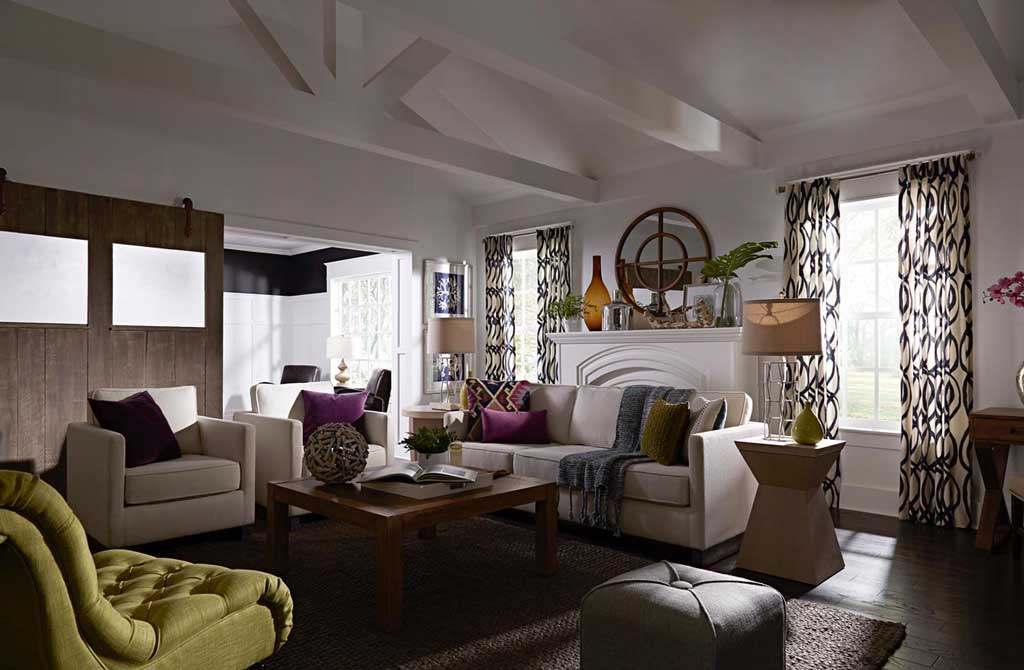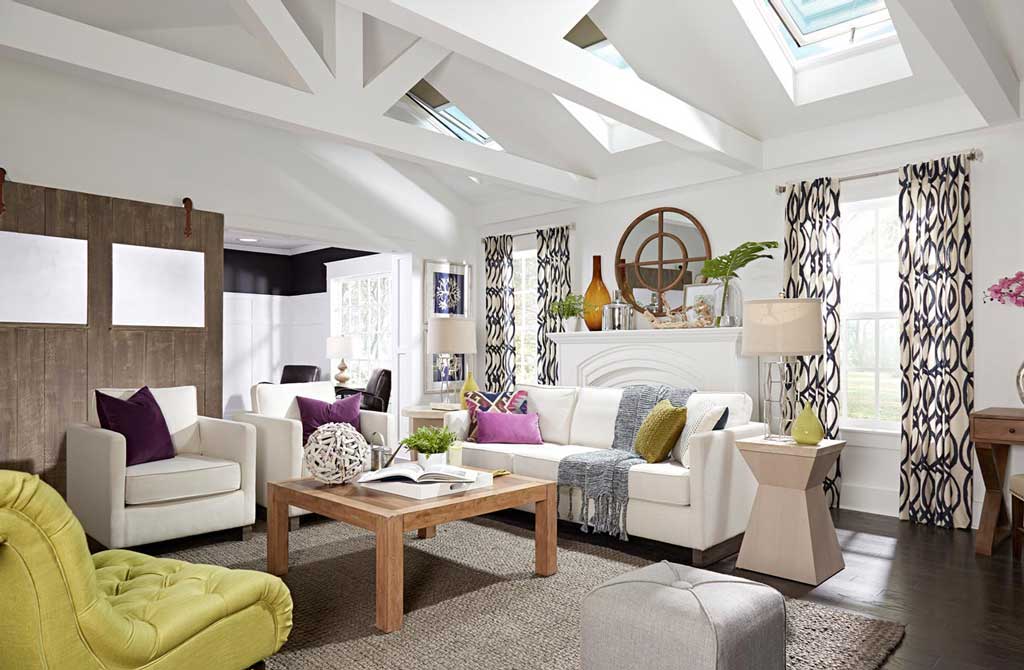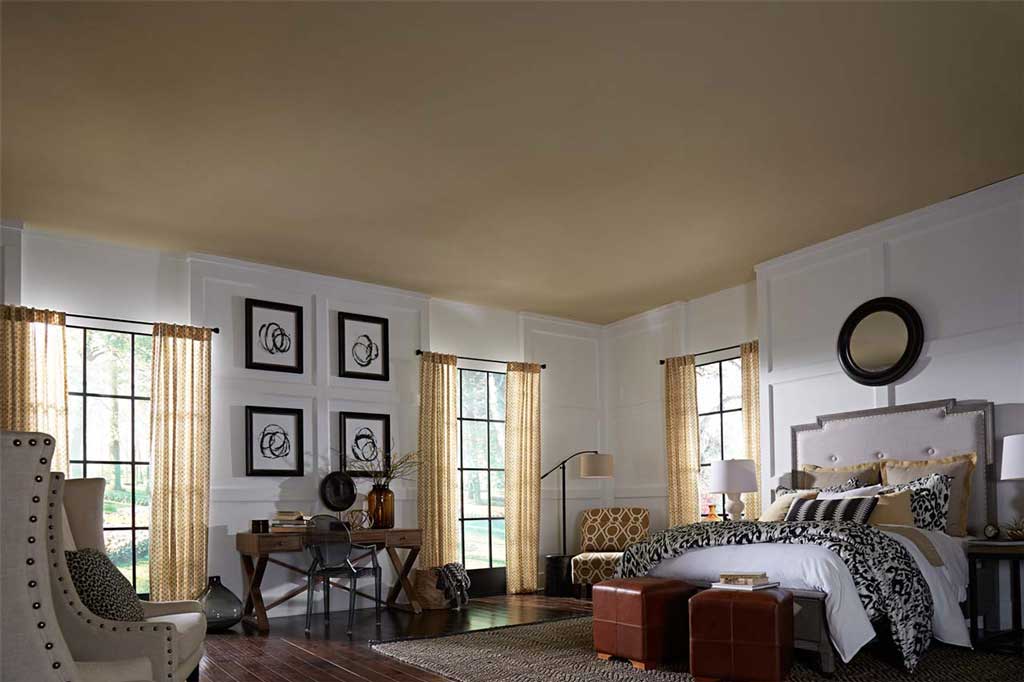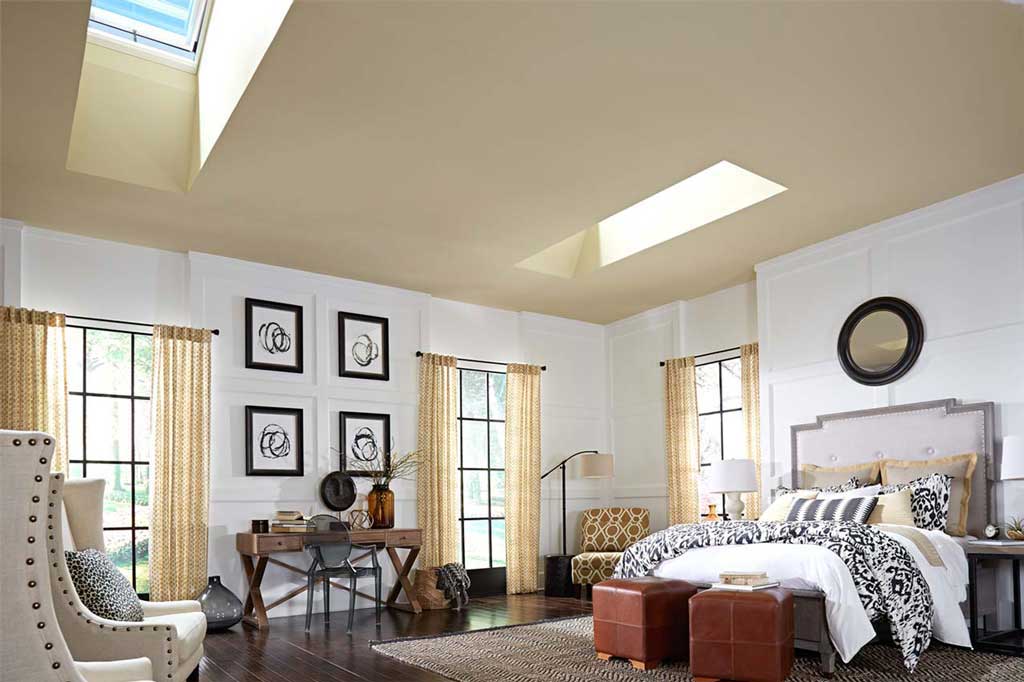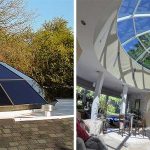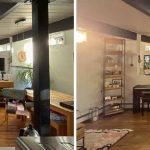LIGHT HAS COLOR
All light has color. We tend to think of all light as equal, but this is definitely not the case. Our eyes are accustomed to natural daylight, on a general blue sky day. That means any other color temperature (the color of light) puts strain on our eyes, and can make the world seem not qvuite normal.
COLORS APPEAR TRUE UNDER DAYLIGHT.
Color temperature affects how colors appear to our eyes. Typical daylight appears as nice, white light, while typical incandescent bulbs are orange, and CFLs (Fluorescent) are a little blue/green, but your TV or computer monitor are a bright blue.

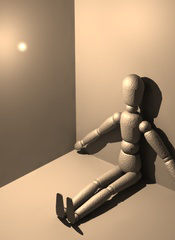

Colors under artificial light shift toward the color of the light. This means after you spend hours deciding on the perfect hue of teal for your bedroom , when you paint it on walls in your dark incandescent light room, it doesn’t look right at all.
Stores (especially ones selling home décor) spend lots of money to make sure the light inside the building matches natural daylight (most use a combination of skylights and special CFLs) to make sure their products look as good as possible. But when you take home their products into a dark home lit by a typical incandescent bulb, it wont look nearly the same.
But skylights offer nice, white daylight from above, matching what our eyes are accustomed to and making color seem truer.
REDUCE FATIGUE
As mentioned, changes in color temperature cause eye strain and tiredness. It’s why looking at a computer screen all day makes you feel more tired.
But with natural daylight from above, you give relaxing light for your eyes and prevent glare on your computer screen.
ILLUMINATE DETAILS AND COLORS
When working with your hands, ample daylight is always recommended. Because our eyes are accustomed to natural daylight, they don’t have to work as hard to see the world around them. This makes small, detailed work easier and less tiring.
Your kitchen is one of the most practical locations for a skylight. It’s important to be able to tell the difference between the tip of your thumb and an onion while dicing, but many people may have unconsciously missed the difference during this high-speed activity.
BALANCED DAYLIGHT
Unlike windows, which offer daylight that is very bright or dull depending on the time of day, skylights provide balanced daylight that fills even remote corners of a room.
Eyes are also used to zenithal light (light that comes from the top down), as that is typically what the sun provides. Windows give horizontal light, which is harsh and tiring, whereas skylights give zenithal light, which makes rooms seem more open and appealing.

